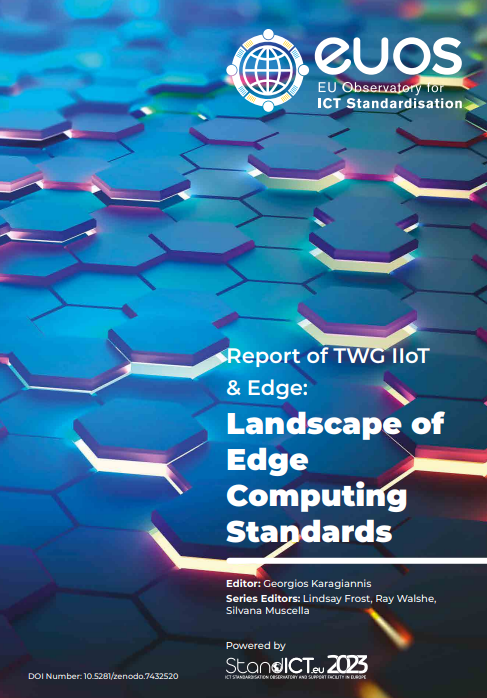This Landscape Report on Edge Computing report lends itself on the valuable activities carried out by the Technical Working Group on IIoT & Edge, it represents a crucial step to stimulate industrial platforms at the edge and strive for leadership around global standards in this emerging area.
We acknowledge the work of initiatives like StandICT to interact with the open source and standardisation communities to define complementarities around interoperability, data protection, portability of cloud services and security, fostering collaboration and coordination around inputs to new activities based on the gap analysis and spotlighting European strengths and leadership in international developments.
In this context, the version 2 of the StandICT.eu 2026 Landscape Report on Edge Computing, is highly welcome. A report which provides an exhaustive mapping of corresponding international standards with a timely classification of relevant documents, work being carried out within the different Standard Developing Organisations, and industrial (verticals and horizontal) domains.
